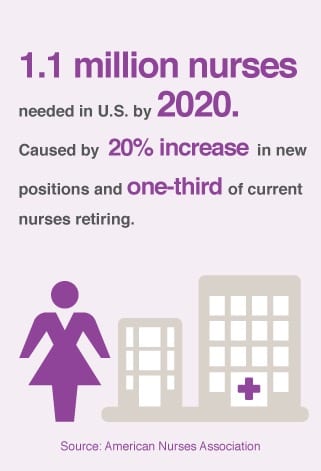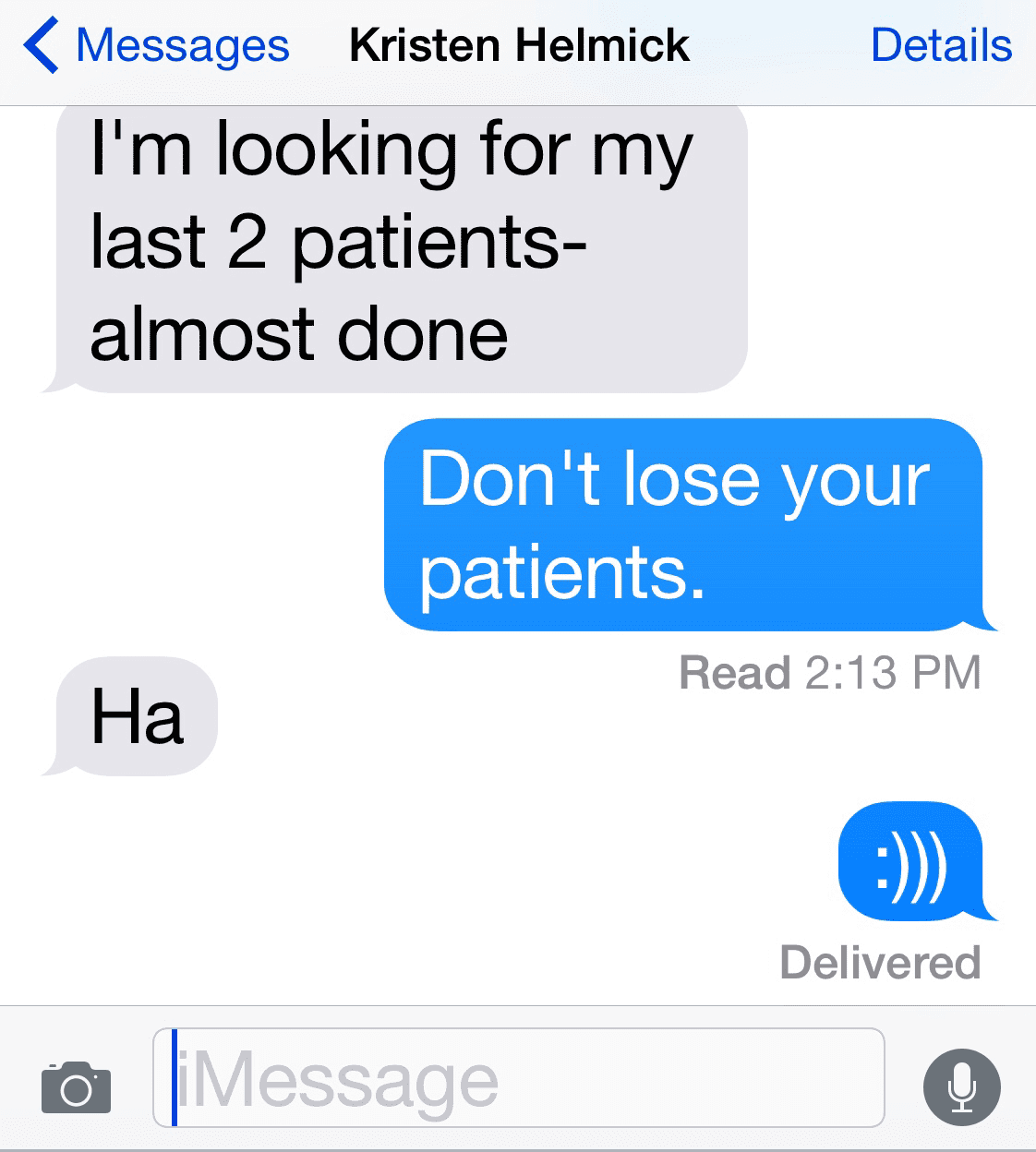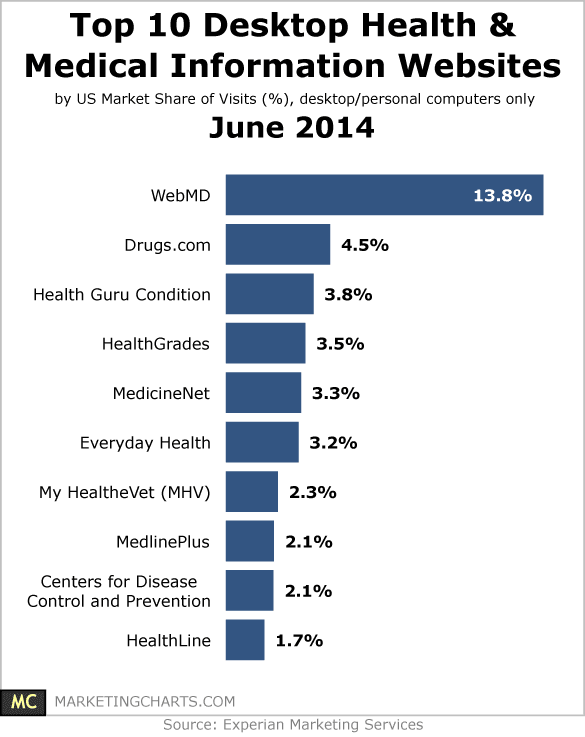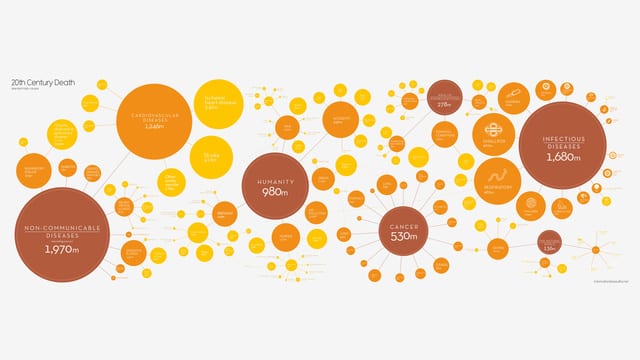- A shortage of nurses at US hospitals hit West Virginia’s Charleston Area Medical Center at the worst possible time
- The non-profit healthcare system is one of the state’s largest employers
- It faces a $40 million deficit this year as it struggles with fewer privately insured patients, cuts in government reimbursement and higher labor costs to attract a shrinking pool of nurses
- CAMC is spending this year $12 million on travel nurses, twice as much as three years ago
- Hospitals nationwide face tough choices when it comes to filling nursing jobs
- They are paying billions of dollars collectively to recruit and retain nurses rather than risk patient safety or closing down departments
- The cost nationwide for travel nurses alone nearly doubled over three years to $4.8 billion in 2017
- The burden falls disproportionately on hospitals serving rural communities as these hospitals must offer more money and benefits to compete with facilities in larger metropolitan areas
- Nursing shortages have occurred in the past, but the current crisis is far worse
- There will be more than a million registered nurse openings by 2024, twice the rate seen in previous shortages
- A major driver is the aging of the baby boomer generation, with a greater number of patients seeking care, including many more complex cases, and a new wave of retirements among trained nurses
- Healthcare labor costs typically account for at least half of a facility’s expenses
- More than 40 percent of rural hospitals had negative operating margins in 2015.





